Sinoright Blog
Characteristics and Applications of Sucralose
Overview
Physical and chemical properties
Sucralose is called sucralose. It uses sucrose to make a non-caloric high-intensity sweetener substance. It is in the form of a white powder and is odorless and non-hygroscopic. The substance has high thermal stability, is easily soluble in water, and can be dissolved in Organic solvents such as ethanol and methanol.The solubility is 28.2g at room temperature of 28°C. It has high stability under light environment, thermal environment and pH value changes. The sweetness of sucralose is 600 to 800 times that of sucrose. The sweetness is basically close to that of sucrose and will not cause dental caries in consumers.
The aqueous solution of sucralose is clear and transparent, the pH of the aqueous solution is 5, and the stability is high. No chemical changes will occur after storage for more than 1 year. The crystals will not undergo chemical changes after being stored for about 4 years, and high temperature conditions will not change the sweetness.
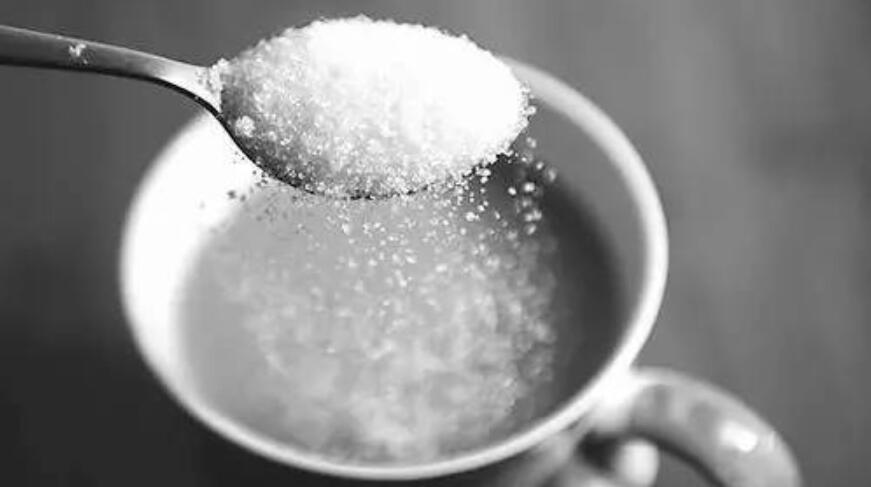
Chemical Structure
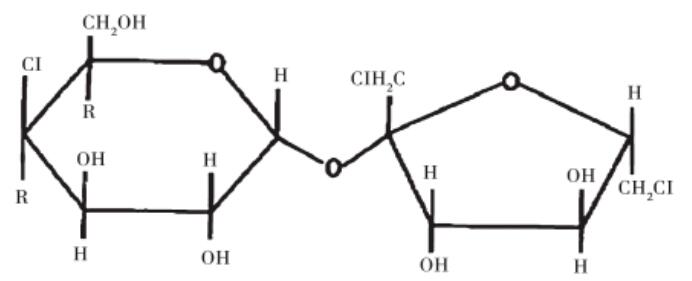
Advantage
The application scope of sucralose is getting wider and wider, mainly due to its obvious advantages.① Sucralose is highly safe and does not have any side effects. The AD value is 15mg/kg.
② Sucralose has a high sweetness and is a relatively successful sweetener in current research and development projects. Its sweetness is about 600 times that of sucrose and even sweeter than aspartame. Its own sweetness is relatively pure and will not The aftertaste of sucrose appears.
③The nature and performance of sucralose are relatively stable, and the crystallized product will be stored in a dry environment at 20°C for about 4a. The substance itself does not contain chemically active groups, and the probability of chemical reactions with other substances is small, so it can be used in food ingredient processing systems.
④The chemical stability of sucralose aqueous solution is high. The sweetness of the aqueous solution will not change at high temperatures, and it will not chemically react with proteins and pectin in food.
Application of sucralose in food
Sucralose has high stability. In food processing, it should be added in any process according to the actual needs of the factory. It is not only more convenient to use, but also has better overall effect.For the content analysis of sucralose, high-pressure liquid chromatography should be used to visually measure relevant data and information.
The application of sucralose in food processing follows market demand trends and requires product monitoring personnel to pay close attention to the dosage.
Drinks
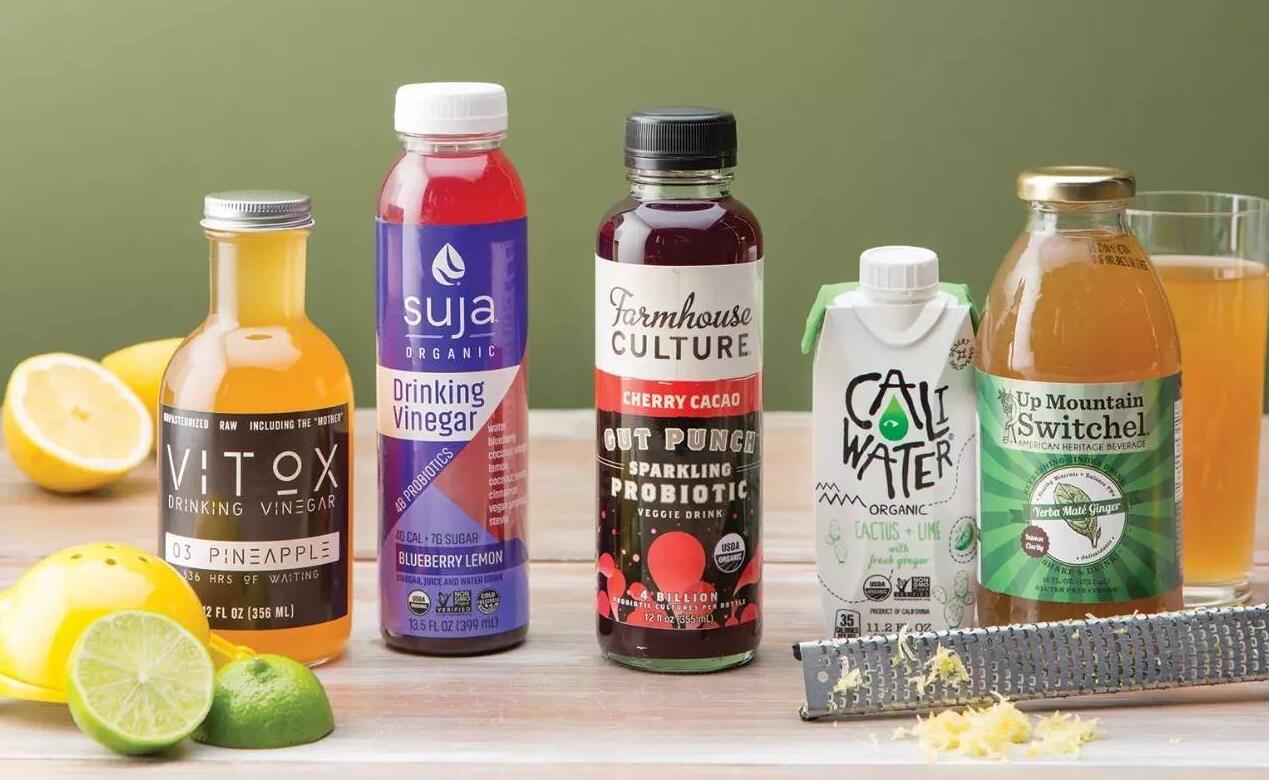
Sucralose is commonly used in beverages. Generally speaking, the amount of sucrose added to beverages is usually concentrated at 8% to 10%. If the sweetness ratio of sucralose and sucrose is used, 0.013% to 0.016% needs to be added. Sucralose, that is to say, in 1000 kg of beverage, at most 130 to 160g of sucralose can be added to ensure that the beverage has better sweetness.
In addition, the application of sucralose in alcohol or alcoholic beverages has good effects. Adding a small amount of sucralose can improve the taste of alcoholic beverages, effectively mask the original sourness of alcohol, and improve the taste of alcoholic beverages. , making the wine harmonious and free of odor.
The application of sucralose in nutritional beverages is a relatively new practice in recent years. It can mask the bitterness and astringency of vitamins and functional substances. When sucralose is used in lactic acid bacteria and fermented milk, it will not be decomposed by it and will not have any adverse effects on the fermentation process. The overall effect is better.
Since sucralose has good stability, it will not react with other substances and will not affect the transparency, color and aroma of the drink. In addition, sucralose has the properties of heat sterilization and long-term storage, and there will be no problems such as degradation or dechlorination. Therefore, using sucralose as a sweetener in beverage production can satisfy usage and distribution management.
Baked goods
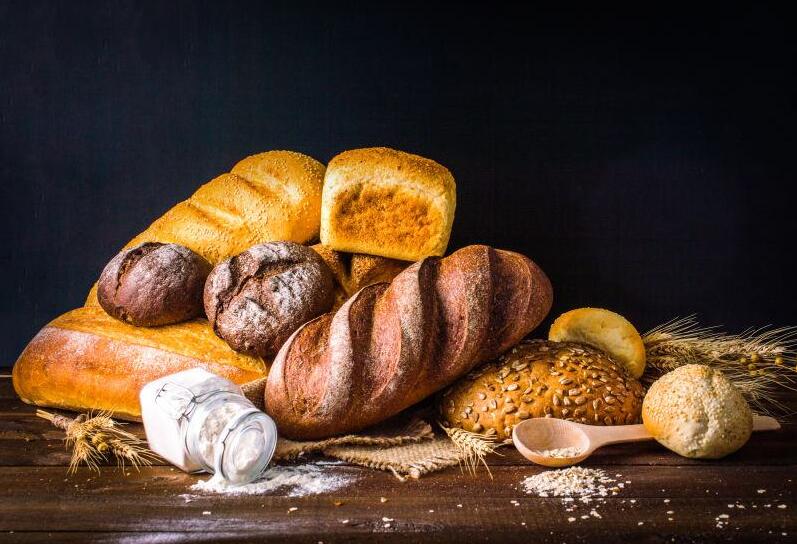
Because sucralose has the advantages of high temperature resistance and low calorific value, it is widely used in baked goods. The sweetness of sucralose products heated at high temperatures will not change, and there will be no measurable loss. Adding sucralose in baked goods Pastries and candies are more common.
When the pH is 3, if the food added with sucralose is left for 1 year, the preservation rate of sucralose will only be lost by 2%. When the pH is higher than 3, there will be almost no loss of sucralose, and it will not participate in the fermentation reaction and will not affect the growth of yeast.
It is precisely based on this that the application of sucralose in low-pH foods such as fermented lactic acid and yogurt can give full play to the advantages of sucralose and improve the taste of the food.
It should be noted that since sucralose itself does not contain calories, it is difficult to absorb high-efficiency sweeteners. Therefore, it will not directly lead to obesity and other problems. Applying it to sugar-filled foods such as moon cakes and desserts can reduce the calories in the food while ensuring the taste.
Preserved foods
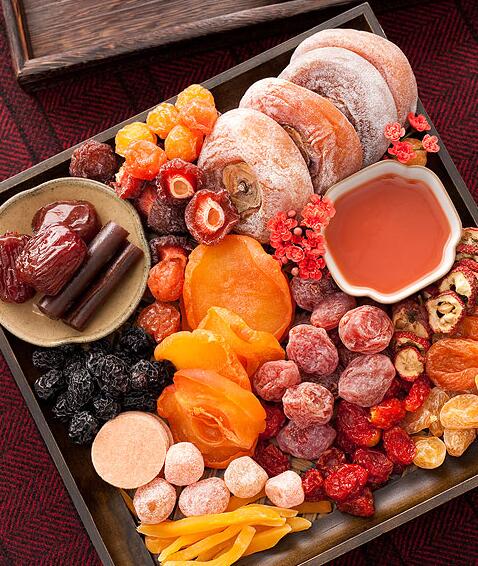
Sucralose is used in candied foods, and the addition amount is controlled at 0.15g/kg. Mainly because sucralose has good permeability, which ensures sweetness and avoids other reactions.
In addition, sucralose must be effectively controlled in conjunction with the "Hygienic Standards for the Use of Food Additives", with the maximum addition amount of 0.15 to 1.25 g/kg. It is applied in modified chewing gum at an added amount of 1.5 g/kg. The specific standards are as follows: the amount of sucralose added in pastries should be less than 1.8 g/kg, the amount of gummy candies added should be less than 2.6 g/kg, and the amount of coffee and black tea should be less than 12.0 g/kg.
The development trend of sucralose
Sucralose has been approved for use in more than 30 countries and is added to more than 400 foods. Our country approved the use of sucralose in the 1990s. Due to insufficient promotion efforts and limited application technology, there is great potential for exploration.Relevant departments should not only analyze the technical structure, but also focus on reducing production costs, and optimize the overall application management mechanism with the help of appropriate compounding work to lay a solid foundation for project upgrades.
In addition, in my country, sucralose has been officially approved for use in processed products such as beverages, chewing gum, frozen snacks, ice cream, jelly and syrup. Moreover, this application trend is still expanding and continuing, and the number of foods to be approved for use will increase year by year. .
In addition to having a good taste, sucralose can also be used in food processing to prevent obesity, diabetes, cardiovascular disease, etc. As an important sweetener, we actively explore and integrate its characteristics in depth, follow the development trend, and provide guarantee for the comprehensive upgrade of food processing.
